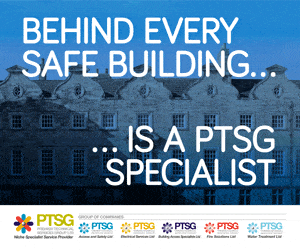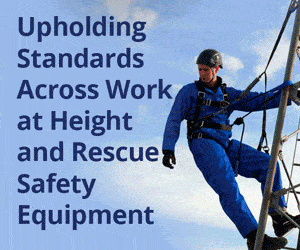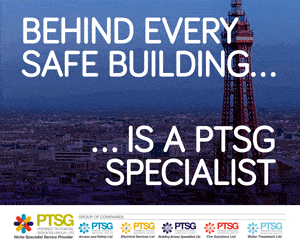New research from Mitie, the UK’s largest security provider, reveals that over half (56%) of senior security professionals reported a rise in physical security incidents over the past 12 months and two fifths (41%) cite that employee safety has been of greatest concern to their organisation during this period.
The survey of senior security decision-makers is part of the second edition of Mitie’s annual Security Radar which also includes insights and predictions from the leading experts including Shaun Hipgrave, Director Protect and Prepare, Homeland Security Group and Abu Ahmed, Deputy Director, Head of Joint Security & Resilience Centre.
Security professionals recognised the cost-of-living crisis (59%), social unrest (54%) and geo-political conflicts (41%) as main drivers of changes in the threat landscape. Two fifths (41%) said a lack of intelligence on emerging threats is the biggest barrier their organisations face when managing physical security threats, although investment in technology is in train to overcome this. Almost nine in ten (85%) have introduced threat intelligence including horizon scanning, reporting & predictions or plan to do so in the next year. Over half (57%) are also enhancing on-premise technological security measures like CCTV in a bid to better protect the personal safety of their teams.
The use of advanced technology and AI has surged in the last 12 months. Three in five (59%) security decision makers say they are already using AI as part of their security strategy, almost three times as many as in 2024 (22%). Half (50%) intend to deploy advanced security technology and tools in the next year, including intrusion detection systems, smart sensors and automated security drones.
Although technology plays a role in creating safer communities, trained security officers and expertise are still critical and over two in five (42%) plan to enhance physical security presence. Half (52%) of organisations are also investing in their people and say they plan to offer opportunities for training and development in the next year to respond to new legislation like Martyn’s Law and the Worker Protection Act while improving the ability to recognise threats and mitigate their impact.
There is a sense of unity within the industry. Three fifths (60%) believe collaboration between the public sector and private sector has increased in the last 18 months and almost half (47%) say their organisation has collaborated with industry peers and associates to share best practices and insights. Two in five (41%) say they are collaborating with the police and other governing bodies to improve resilience against physical security threats.
In the face of this complex landscape, as well as targeted collaborative initiatives, the CEOs of leading security firms are now working together to set higher standards. This year’s Security Radar provides insights from a range of experts on the key factors playing a part in tackling evolving threats and driving sector unification over the next year. It includes guidance on
- Prioritising collaboration, with one voice: Setting a unified standard across the industry with public safety as the ‘North Star’
- Proof of proactive compliance: Building proportionate measures, clear accountability and a visible evidence trail to remain compliant with new legislation
- Stepping up on VAWG: With police resources stretched, councils, policing, BIDs, charities and private sector organisations will be expected to lead the charge and deliver meaningful progress on VAWG
- Proportionately navigating extremism: The tempo and complexity of extremism has evolved. Solutions live in the overlap between knowledge, intel and capabilities
- Updating the risk management playbook: The next-gen risk management playbook isn’t about predicting every threat but building the adaptability and culture to face what comes next
- Adopting tools for business value: Tech challenges vary estate from estate and investment in tools must bring business value not just noise
- Integrating private security and law enforcement: Integration can become part of critical infrastructure by presenting data and ready-to-share evidence. The most important shift is moving from ad-hoc data sharing to always-on collaboration
Jason Towse, Managing Director, Business Services, Mitie, said:
“This research reveals that the task for organisations is how they balance the use of technology, personnel and partnerships effectively to address the ever-evolving nature of security threats, in order to keep colleagues and the general public safe.
“It is crucial that our once fragmented industry comes together to reshape the future of security and bolster its resilience. Collaboration can elevate standards, build stronger partnerships and most importantly, create safer communities.”
Read the full report here.
























































